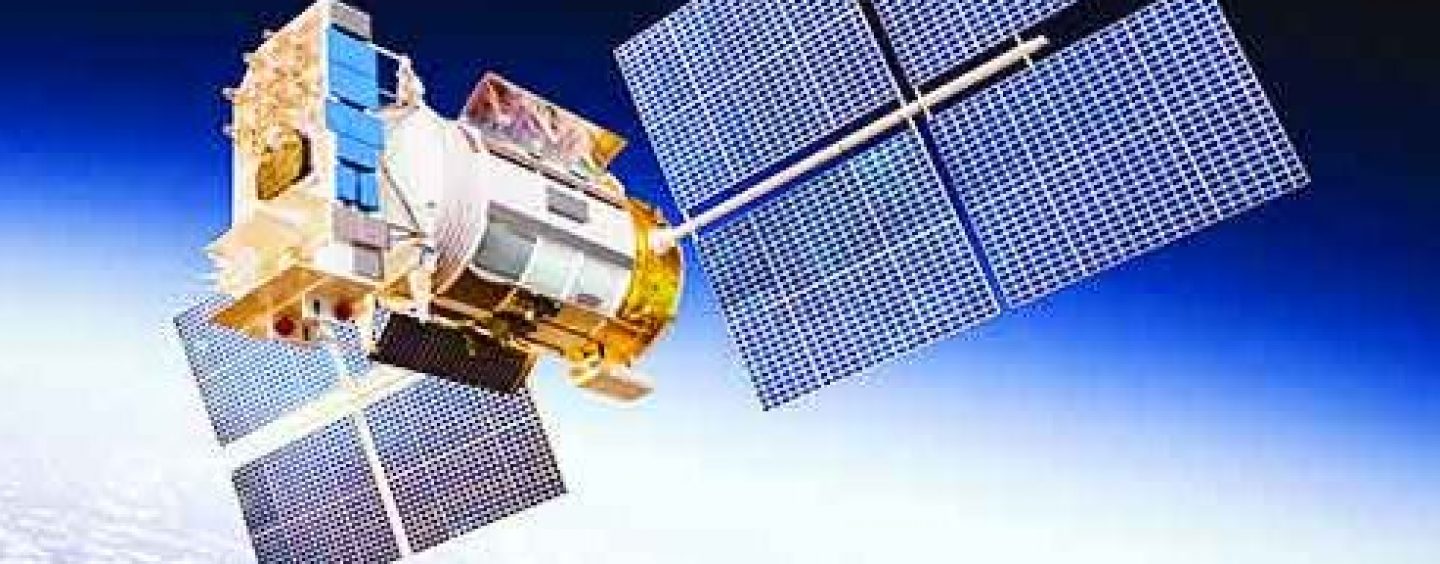The safety of manned space missions came under focus following India’s anti-satellite test. India aims to send its first astronauts, or antrishkyaanis, into space in the next decade. This will be the cherry on the top of India’s extremely successful space programme, which recently demonstrated its skills once again not just by launching a record number of micro-satellites into orbit but successfully putting three large satellites into different orbits. But the big news was India’s dramatic Anti-Satellite test (ASAT) that destroyed an old Indian satellite thus joining the US, Russia and China in being capable of knocking a satellite out of orbit. Of course, this generated a lot of controversy. First, the timing of the test, which took place after the Model Code of Conduct (MCC) for the General Elections had started. There was much consternation about Prime Minister Narendra Modi’s televised address to the nation to announce this feat. The second issue was whether an earlier test conducted in early-March before the MCC had failed, which frankly was not a big deal given that this is a fairly advanced technology and trials and errors are common.
The third and most relevant criticism against the test was made by other space agencies, including the United States’ NASA, which said that the ASAT test would litter low earth orbit with more space debris. While India countered that we conducted a responsible test at a very low earth orbit unlike the Chinese and that much of the debris from this test would burn up in the earth’s atmosphere, it is reasonable for the rest of the world to be slightly upset. Other than the manned space flights to the Moon, which took place 50 years ago, most of mankind’s space journeys have been in the relatively low earth orbit. On a clear night, the International Space Station (ISS) is just about visible to the naked eye and orbits around 120-150 kilometres above the surface. While India’s test was ostensibly below that orbit, space debris is a problem for all manned space flights and ironically might impact India’s future manned missions too. The fact is that even a grain of sand might cause damage to a space mission because in orbit, everything is moving at several thousand kilometres per hour and even low-mass objects carry significant momentum. At the same time, the hundreds of micro-satellites being released on recent missions, while making space research accessible to many less-developed nations and college students, also pose a debris problem. NASA and the Russians have to realise that they started the problem and while India should work towards solving it in a global partnership, criticism from NASA and its patronising attitude are unwarranted since the Americans were the first to carry out ASAT tests.
Writer & Courtesy: The Pioneer








 OpinionExpress.In
OpinionExpress.In















Comments (0)